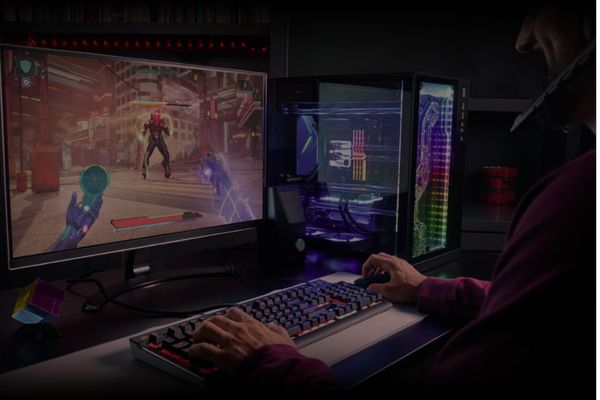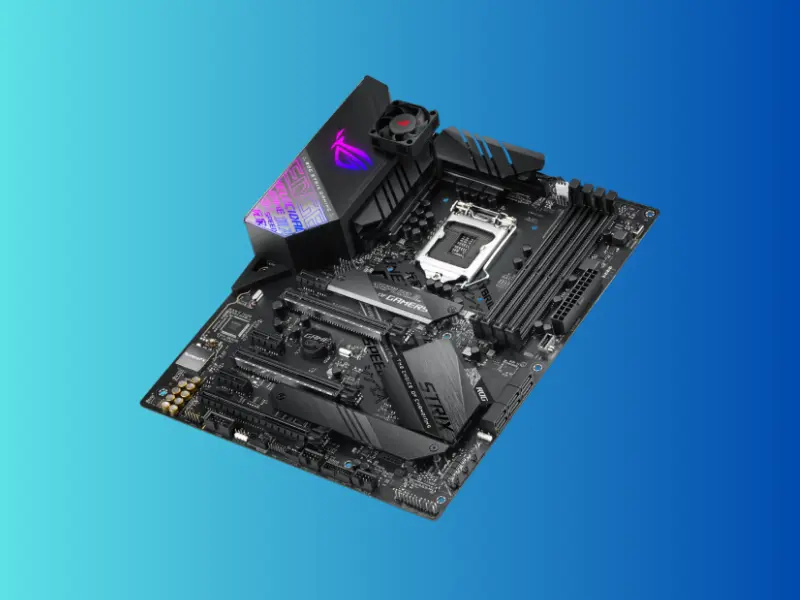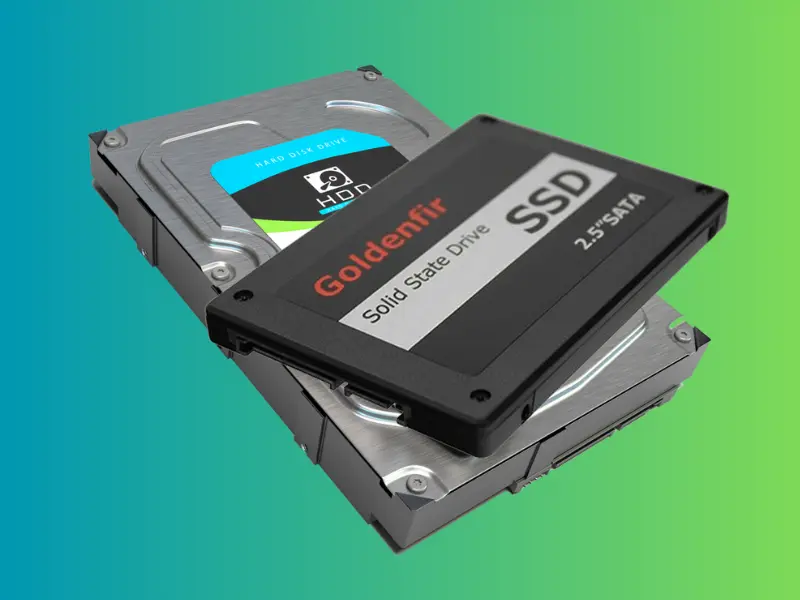In the world of machine learning, choosing the right hardware is critical to accelerate performance and model training. With data growing exponentially, the demand for efficient and powerful servers has surged. One key component that significantly impacts machine learning tasks is the GPU (Graphics Processing Unit). Unlike traditional CPUs, GPUs are designed for parallel processing, making them ideal for training deep learning models.
In this guide, we will delve into the best GPU server for machine learning, discussing their features, advantages, and what makes them stand out.
Why Use a GPU Server for Machine Learning?
Machine learning, particularly deep learning, requires massive computational resources. Training models like neural networks on large datasets can take days or even weeks on standard CPUs. GPUs, with their parallel architecture, handle multiple computations simultaneously, leading to faster training times.
Here are a few reasons why a GPU server is crucial for machine learning:
- Faster Computation: GPUs offer hundreds or thousands of cores, allowing them to handle several tasks simultaneously. This is vital for the complex matrix calculations involved in machine learning.
- Reduced Training Time: With GPUs, you can train models more quickly than with traditional CPU servers. This saves time and allows data scientists to iterate faster.
- Scalability: Many GPU servers support multiple GPUs, which can be scaled according to your workload, allowing you to handle larger models and datasets.
- Cost Efficiency: Although initially expensive, GPU servers reduce long-term costs by delivering faster results, reducing the overall training time and increasing productivity.
Key Features to Look for in a GPU Server
Before selecting the best GPU server for machine learning, it’s essential to consider several key features to ensure maximum performance:
- Number of GPUs: Servers that support multiple GPUs offer greater computational power. Look for servers with 2 to 8 GPUs depending on the size of your project.
- Memory: Machine learning tasks require substantial memory. Servers with larger VRAM (Video RAM) on the GPU are preferred.
- Compatibility: Ensure the server is compatible with the popular machine learning frameworks like TensorFlow, PyTorch, and Keras.
- Cooling and Power: GPUs can generate heat, so proper cooling mechanisms are necessary to avoid performance throttling.
- Latency and Bandwidth: Faster connections between the GPU and other components, such as CPUs and memory, help in reducing latency and increasing throughput.
Top 5 Best GPU Servers for Machine Learning
1. NVIDIA DGX A100
The NVIDIA DGX A100 is a powerhouse server designed explicitly for machine learning and AI workloads. It’s one of the most advanced systems, boasting 8 NVIDIA A100 Tensor Core GPUs, offering unparalleled performance.
- Key Features:
- 8 A100 GPUs
- 320 GB GPU memory
- 6 NVSwitches, ensuring fast communication between GPUs
- Optimized for deep learning and data analytics
- Best For: Organizations requiring extreme computational power for large datasets and deep learning models.
2. Google Cloud AI Platform
Google Cloud AI Platform offers virtual GPU servers, providing flexibility and scalability for machine learning workloads. With the ability to add GPUs on-demand, it’s an excellent choice for companies that need high-performance computing without investing in physical hardware.
- Key Features:
- Tesla K80, P100, T4, V100, and A100 GPUs available
- Fully integrated with Google’s cloud infrastructure
- Seamless integration with TensorFlow and other ML frameworks
- Best For: Startups and mid-sized companies needing flexibility in scaling GPU resources.
3. Lambda Quad GPU Server
The Lambda Quad is designed for AI research and comes pre-installed with popular machine learning software, making it a plug-and-play solution for researchers.
- Key Features:
- Supports 4 NVIDIA RTX 3090 GPUs
- 128 GB RAM
- Pre-installed with TensorFlow, PyTorch, and Keras
- Supports multi-GPU training
- Best For: Researchers and developers looking for a high-performance machine learning server that is easy to set up and use.
4. AWS EC2 P4d Instances
Amazon Web Services (AWS) offers EC2 P4d instances, powered by NVIDIA A100 Tensor Core GPUs. AWS provides on-demand scalability and is perfect for large-scale machine learning projects.
- Key Features:
- Up to 8 A100 GPUs
- 320 GB GPU memory
- Enhanced networking with 400 Gbps throughput
- On-demand pricing and scalability
- Best For: Large enterprises and startups requiring flexible, scalable GPU resources in the cloud.
5. IBM Power Systems AC922
The IBM Power Systems AC922 is tailored for data-intensive AI workloads. It supports NVIDIA Tesla V100 GPUs, providing excellent performance for machine learning tasks.
- Key Features:
- Up to 6 NVIDIA Tesla V100 GPUs
- NVLink connections for high-speed communication between GPUs
- Supports large-scale AI and machine learning workloads
- Best For: Companies with large datasets and complex AI models looking for on-premise solutions.
Choosing the Right GPU Server for Your Machine Learning Needs
When selecting the best GPU server for machine learning, several factors must be considered:
- Project Size and Complexity: Large-scale projects require more powerful servers with multiple GPUs, while smaller projects can make do with fewer GPUs.
- Cloud vs. On-Premise: Cloud-based GPU servers, such as AWS or Google Cloud, offer flexibility and scalability, while on-premise servers like the NVIDIA DGX A100 provide higher control and privacy.
- Budget: While cloud GPU servers offer flexible pricing, on-premise solutions require significant upfront investment but can save costs in the long run.
- Software Compatibility: Ensure that the server supports the machine learning frameworks and tools you plan to use.
Conclusion
The best GPU server for machine learning depends on your specific needs, including the size of your project, budget, and whether you prefer cloud-based or on-premise solutions. Servers like the NVIDIA DGX A100 and AWS EC2 P4d Instances provide unparalleled power and flexibility for machine learning workloads.
By investing in a GPU server, you can dramatically reduce training times, improve model accuracy, and ultimately achieve faster insights from your machine learning projects. Whether you’re a researcher, developer, or enterprise, choosing the right GPU server is a critical decision that can greatly impact the success of your machine learning tasks.





